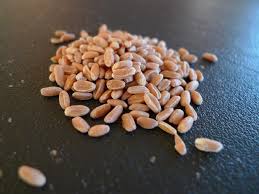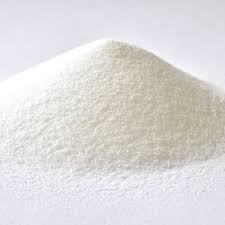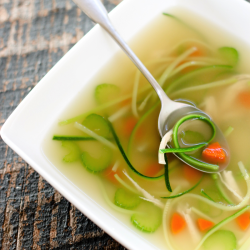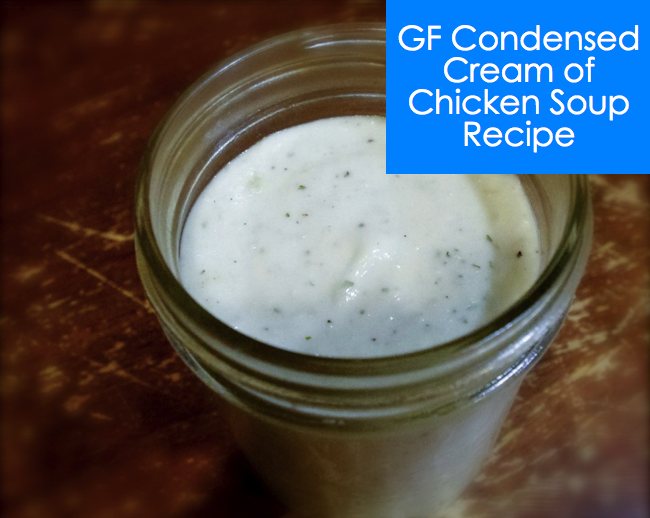
Is spelt gluten free? Allow me to spill the beans on spelt. It’s never ever ever gluten free. Period.
I’m not sure how people got it in their heads that this ancient grain is safe. It’s not. It has a spunky name I suppose but it’s still a member of the wheat family. The amount of gluten may be different, but it’s still gluten.
If you’re a Celiac, intolerant, sensitive, want to do “gluten free” correctly, don’t eat it.
Also Read: GLUTEN FREE TERIYAKI SAUCE RECIPE
What the heck is it?
Spelt is a real OG. Original grain. Apparently it’s been around for 7 thousand years and was one of the first agriculture crops in North Africa and maybe Europe. There are many subspecies of wheat, including spelt. The proteins are basically identical to those in modern bread wheat and durum wheat. So there’s absolutely no reason to believe it’s gluten free.
Whether Spelt is Gluten-free or not?
Spelt, a kind of old wheat:
There are many scientific names of modern wheat. All the scientific names start with Triticum, meaning wheat. Common or bread wheat, also called Triticum aestivum, belongs to one of those varieties which are harvested worldwide by a large no. of farmers.
Triticum spelta is the scientific name of spelt grain. The spelt is kind of wheat given by Triticum immediately.
Spelt is not similar to the modern-day wheat. For the past 7000 years, it has been harvested in Near East & other places. And since those ancient days till today, it has not changed much. Modern wheat has been hybridized contain maximum gluten. Higher gluten content will make the grain highly useful and effective for use in baking etc.
Why the confusion?
The gluten in spelt behaves differently than more commonly used wheat species. It’s more water soluble so I guess technically it may be easier to digest than traditional wheat. It’s also a much older grain than the wheat used today so it’s possible that the chemical structure of an ancient grain more readily jives with our slow-to-evolve human digestive system. Wheat has been hybridized over and over again to make it more glutenous for taste and easier to harvest, so the older grains may be, again, technically easier for us to handle.
This is all assuming that you do not have an issue with wheat gluten. If you do, don’t eat it.
Quantity of Gluten Content:
It is a general thought the varieties of old wheat contain lower gluten content than the common wheat. The researchers, who researched and measured quantity of gluten in both types of wheat, discovered that spelt has higher gluten content as compared to common wheat.
Also, research related to celiac antibodies stated that spelt has a more reactive nature than common wheat. This means that exposure to spelt will stimulate an autoimmune response in people suffering from celiac disorders. Remember, that even a slight quantity of gluten is not safe for patients with celiac diseases.
Allergy from wheat:
You want to have gluten, but you are avoiding it due to wheat allergy, you may have spelt as an alternative.
Australian research, says that among 73 people who were having wheat allergy. Out of them, only 30% came out positive for allergy from spelt.
But be careful. Take advice from your physician if you are wheat allergic & are thinking to use spelt.
Stay away from the Spelt spin
The resurgence of spelt over the last several years in the US market has bred a lot of, well, let’s just say “unfounded” claims about it’s healthful benefits. Some marketers have even gone so far as to claim that it could be good for those having an issue with wheat . The rub is what “issue” do they have? It is possible for someone to be allergic to durum wheat and be totally good with spelt. But an allergy is very different than an intolerance or Celiac disease. Let the confusion end here and now.
Impact on Gluten-Free Diets
The inclusion of spelt products in gluten-free diets can pose significant risks for individuals managing celiac disease, gluten intolerance, or gluten sensitivity. Despite spelt’s reputation as an ancient grain and its perceived health benefits compared to modern wheat varieties, it is not suitable for gluten-free diets.
Labeling and Awareness
Consumers must meticulously scrutinize food labels to identify ingredients containing gluten, such as spelt flour, spelt pasta, and other spelt-based products. Manufacturers are legally obligated to disclose the presence of wheat or gluten-containing ingredients on product packaging, assisting individuals in making informed decisions regarding their dietary requirements and restrictions.
Cross-Contamination Concerns
Cross-contamination is a critical concern for individuals with gluten-related disorders. Even products labeled as gluten-free may pose risks if they encounter gluten-containing ingredients during processing or share facilities with wheat-based products. Therefore, individuals must exercise vigilance and confirm the gluten-free status of products, particularly when dealing with grains like spelt.
In Conclusion
Spelt, despite its nutritional advantages and culinary versatility, is never gluten-free and should be avoided by individuals with celiac disease, gluten intolerance, or gluten sensitivity. Its inherent gluten content can trigger adverse reactions in susceptible individuals. By comprehending the gluten content of spelt and making educated dietary choices, individuals can safeguard their health and well-being while adhering to gluten-related dietary restrictions.










